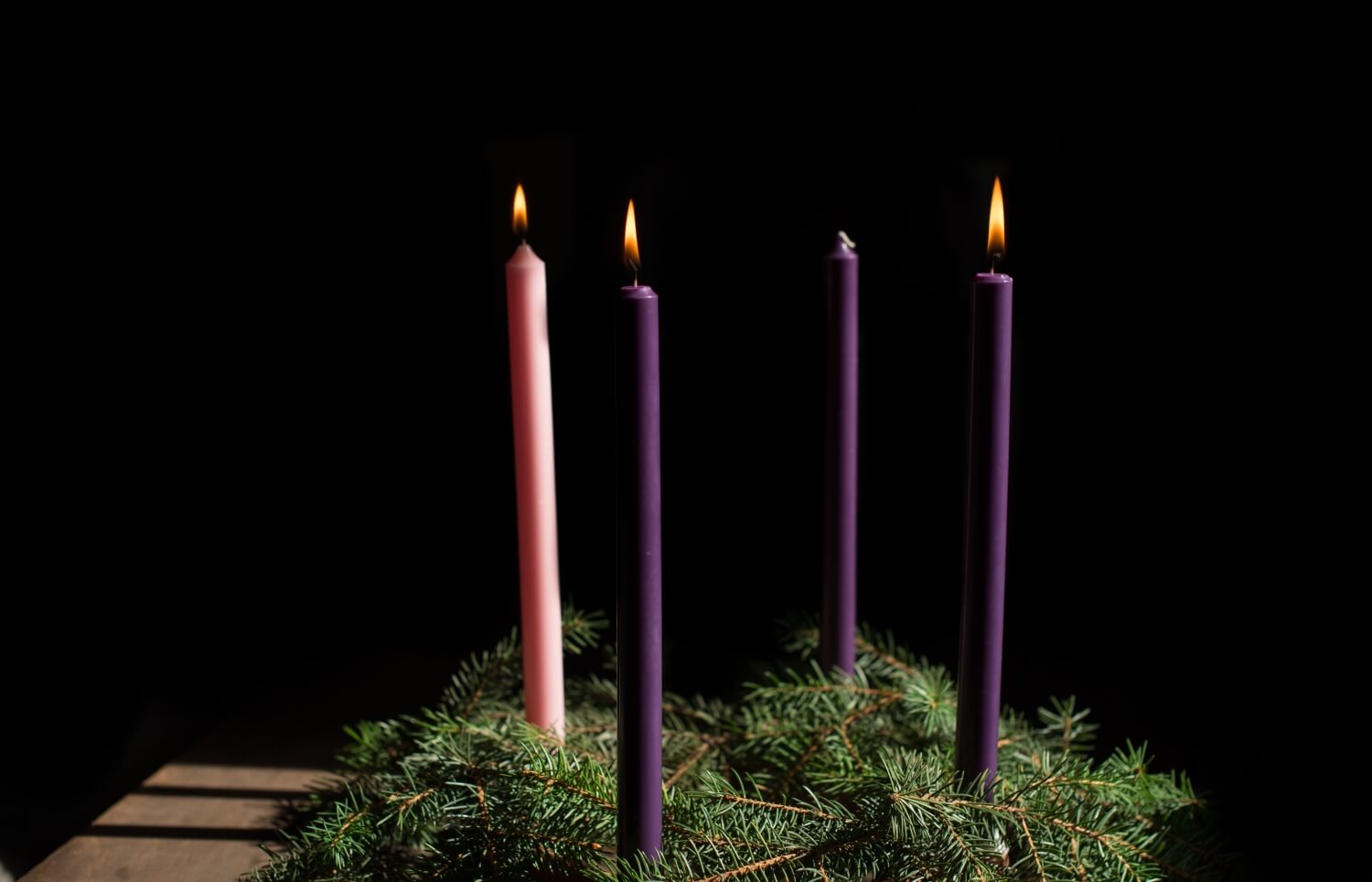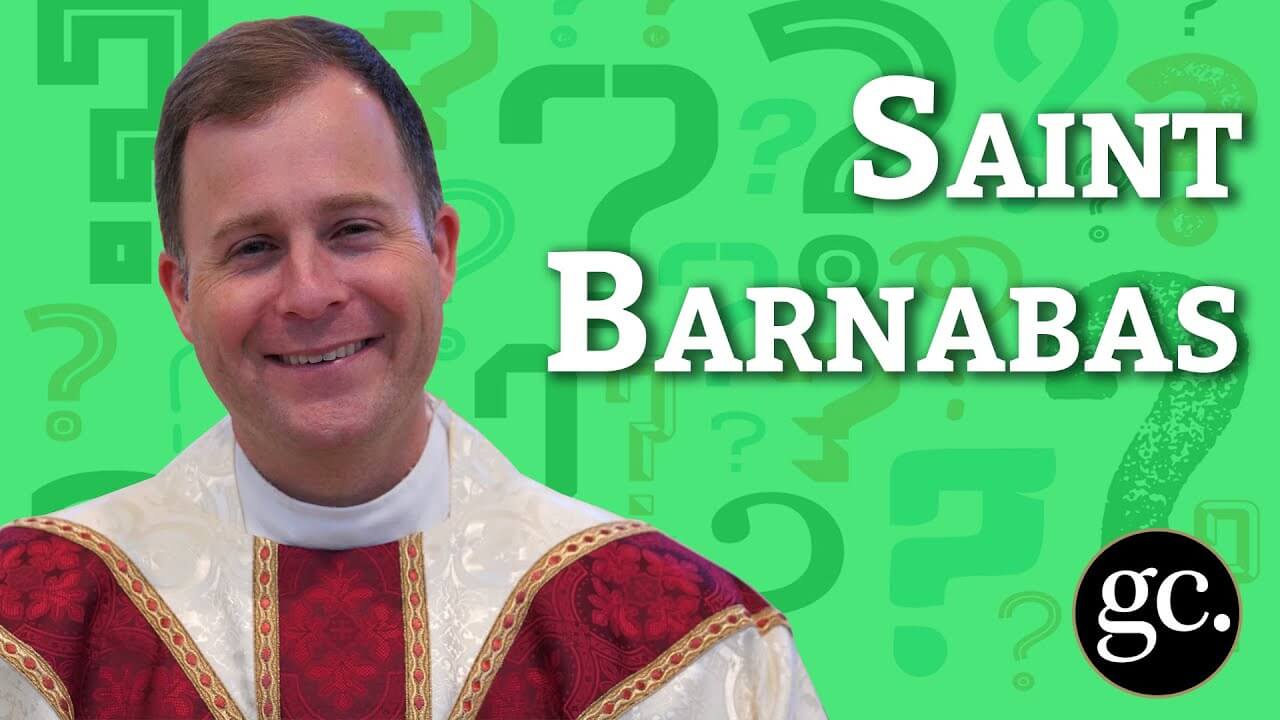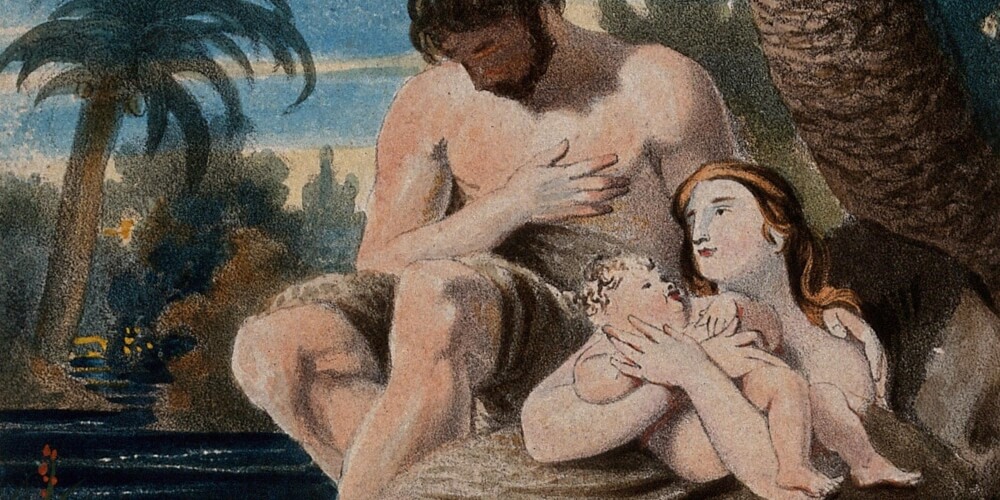
The Ember Days are an age-old custom of the Church, originating about the 4th century.
They were observed four times per year, at the beginning of each season. They consisted of three days of prayer, fasting, and abstinence, the purpose of which was to thank God for the gifts of Creation, to ask His help in using them well, and to assist those in need. Like Rogation Days (we’ll do a post on those in the spring), these days were closely connected to the seasonal farming cycles and were a profound way of sanctifying our earthly doings.
The Ember Days are always Wednesday, Friday, and Saturday, and the dates are as follows:
- The Third Week of Advent (That’s this week!)
- The First Week of Lent (The week after Ash Wednesday)
- The week after Pentecost
- The third week in September
Traditionally, priestly ordinations have taken place on Ember Saturdays, a custom that dates all the way back to Pope Gelasius in the 5th century. Although this is not observed as a rule anymore, the Ember Days are still a good opportunity to offer prayer and sacrifice for our clergy.
In fact, various bishops and clergy in the U.S. have encouraged the renewed observance of the Ember Days as a way to pray for vocations, priests, and the needs of the Church.
In their Pastoral Statement on Penance and Abstinence of 1966, the U.S. bishops also encouraged the voluntary observance of vigils and Ember Days as a way of participating in the Church’s traditional custom of a “fast before a feast.”
The idea of penance has been forgotten in our world. The secular mayhem surrounding Christmas has obscured the penitence once observed during Advent. Yet penance is an essential part of the Christian life. Why not bring it back through the observance of the Ember Days, in whatever way—small or large—that you are able? +
This post was originally published on our sister site, Get Fed.







